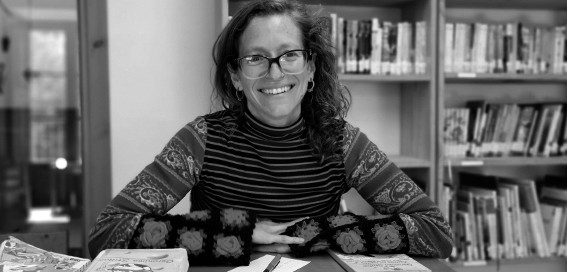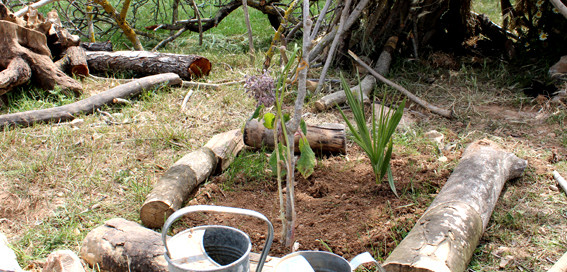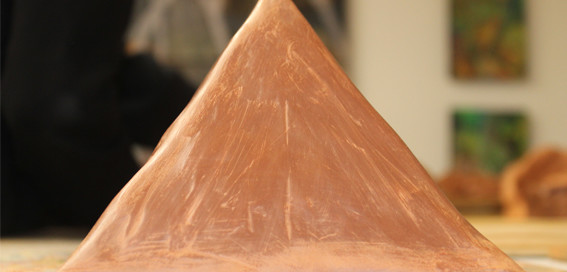THE BEAUTIFUL AND NATURAL PROCESS OF READING AND WRITING
It took humanity millennia to develop writing. From being a simple figurative annotation, it became syllabic, until it reached the extreme abstraction of being purely phonetic. Egyptian hieroglyphs illustrate this slow evolution. To make the passage from the figurative imagination of children to the intellectual abstraction of modern writing, the teacher walks a similar path. The introduction of the consonants will begin by telling a story, having as a central figure a character or an element, whose name has this consonant as the first letter. As always, the children will want to draw the story. The teacher will draw it first, on the board, giving a prominent place to the character or element in question, with a shape that recalls the consonant. For example, a serrated line for the mountain "M", or a profile of a king for the letter "R" (in capital letters). The next day, the story is re-told, as well as the drawing, but this time, the shape of the line will be closer to the shape of the consonant. This is repeated several times until the "M" or "R", respectively, are known to the students as the letters of the mountain or the king. At the same time their phonemes "mmmmmmm" and "rrrrrrr" are pronounced. In this way, the transition from the image to the symbol is made, eliminating the collision with the abstract sign. Something similar is done with vowels. Students learn gestures related to feelings. "Ah!" It expresses, for example, the feeling of admiration, of veneration and corresponds to it a gesture of opening the arms. In this case, an object from the outside world is not imitated, but rather the human figure itself transfigured into the image of a "being of the A" that slowly leads to the shape of the capital "A". Little by little, very simple words are formed and written: mountain, king, and finally, short sentences and little stories, embellish the notebooks with coloured crayons. In this way, by the end of the first school year children already know how to write with capital letters. What about reading? What happens naturally, without trauma of any kind, is that the student, after a certain time, knows what he/she wrote and, immediately, in a happy and lively environment, guesses words or texts that the teacher writes on the board. Children’s own interest aroused; autonomously, they will try to decipher words that they find around them. The process may take longer, but the result is the same, living an infinite number of beautiful stories and making an equally large number of drawings and paintings in which all the imagination of the children could be expressed.











